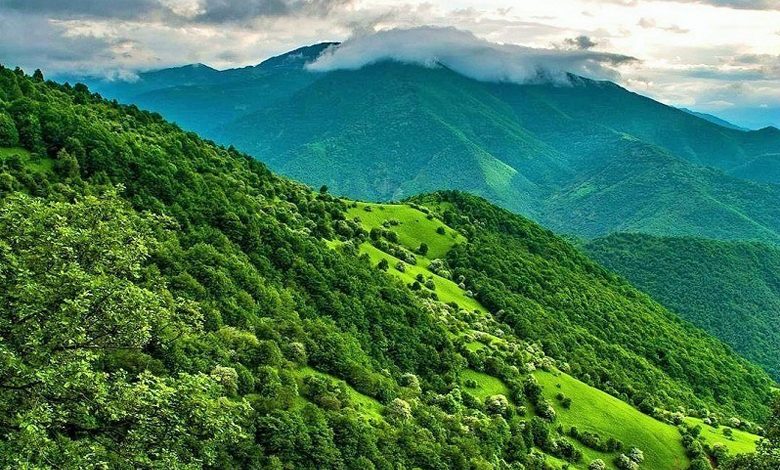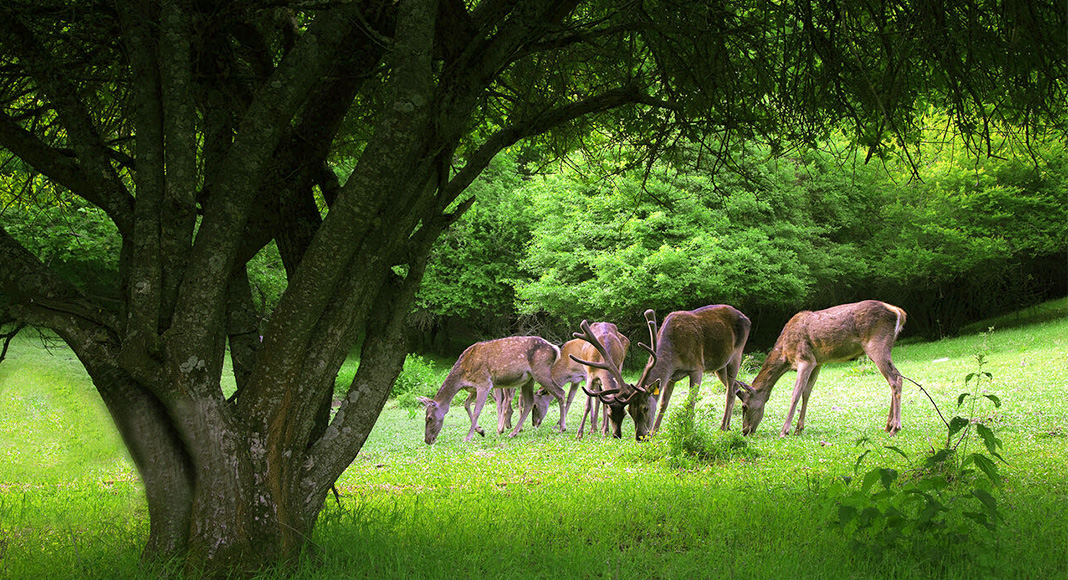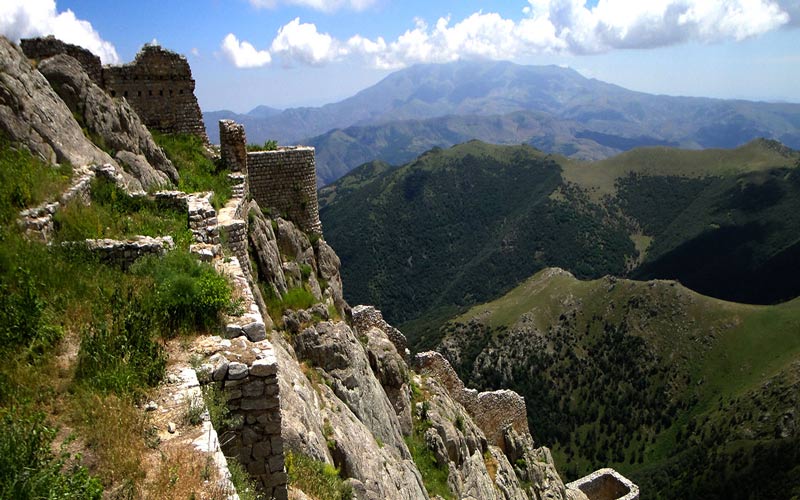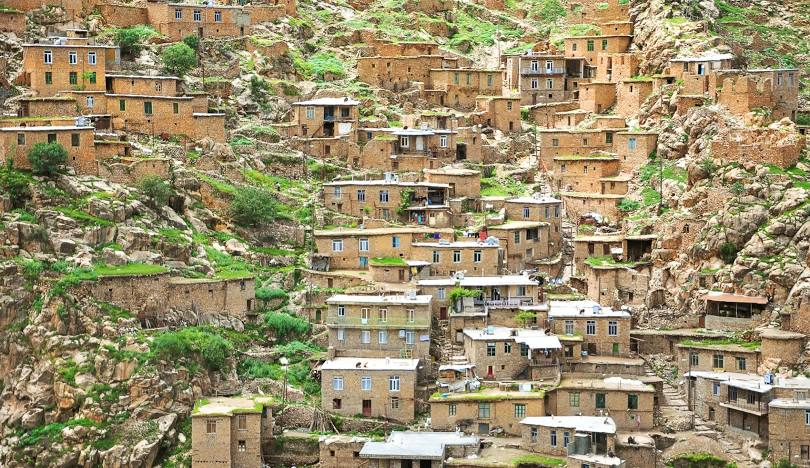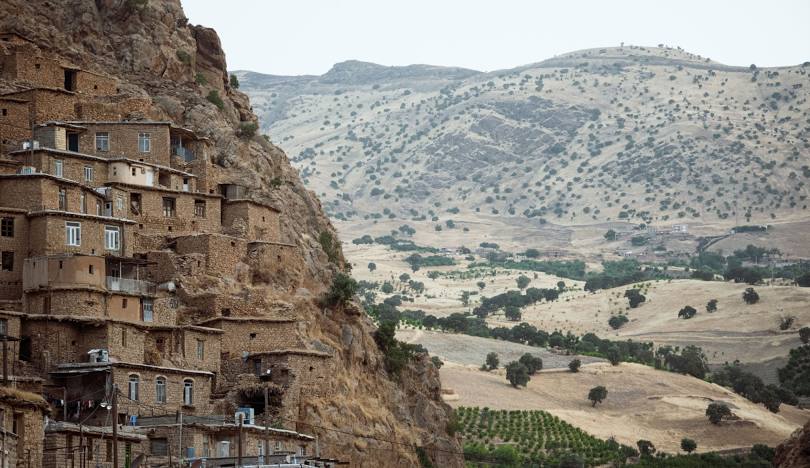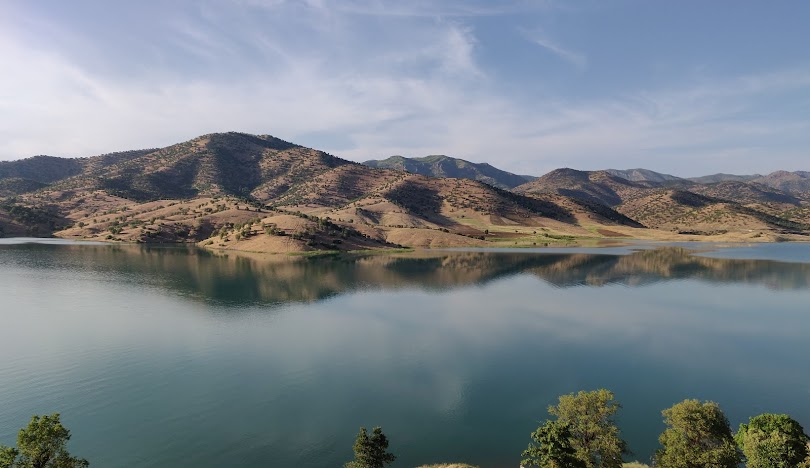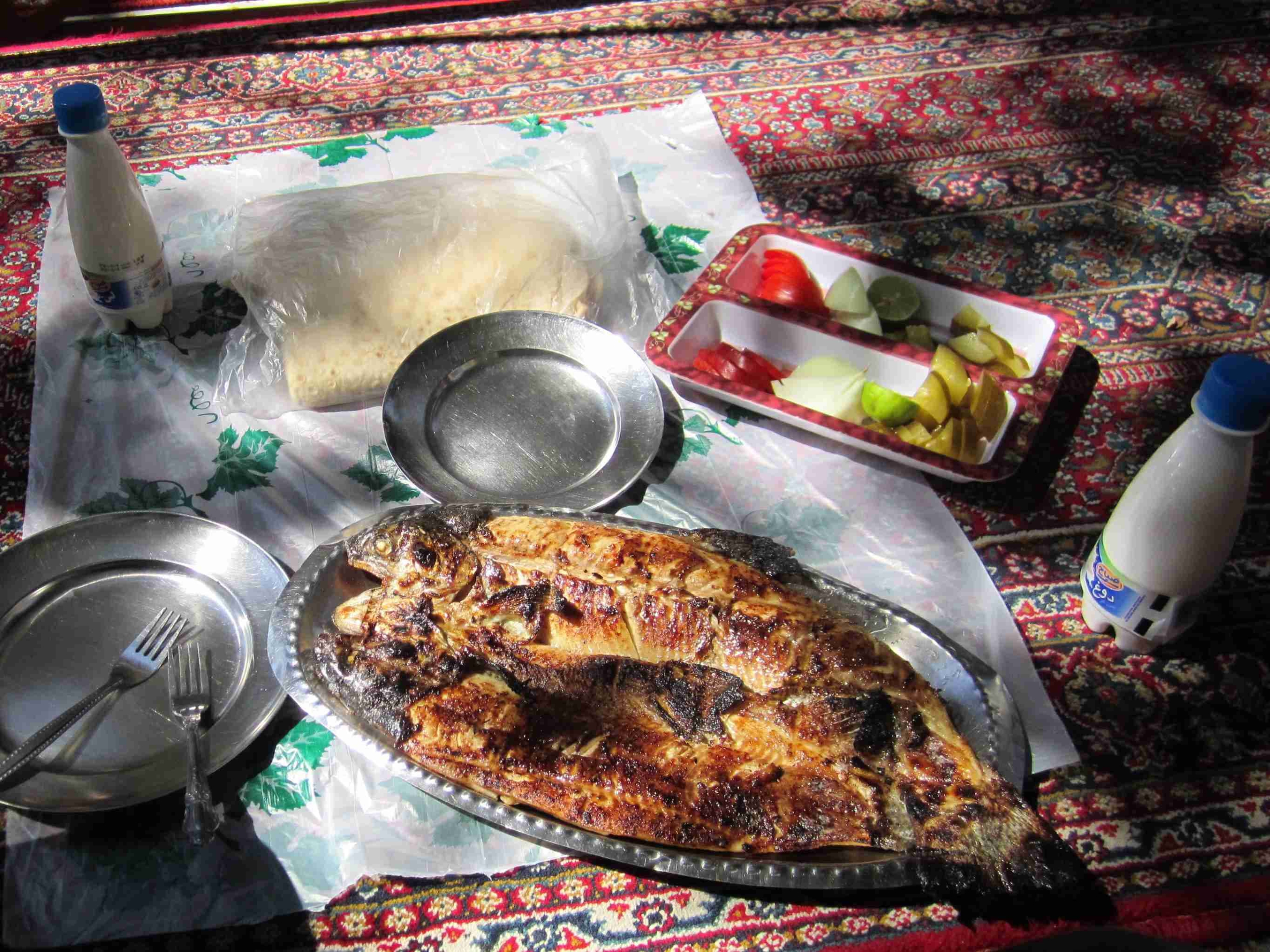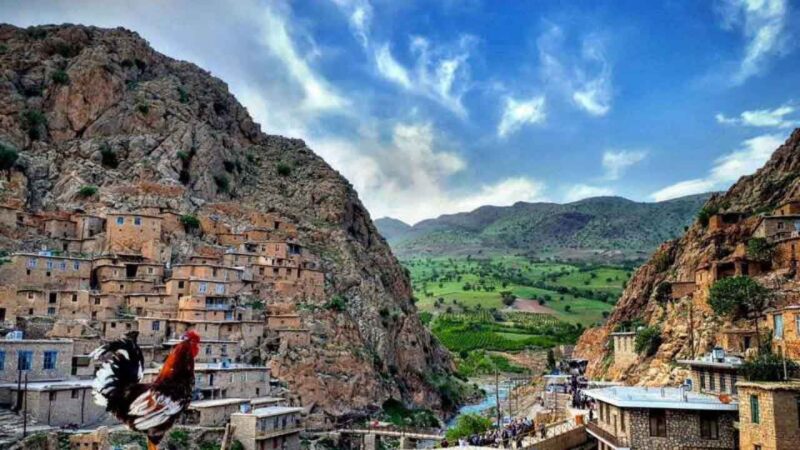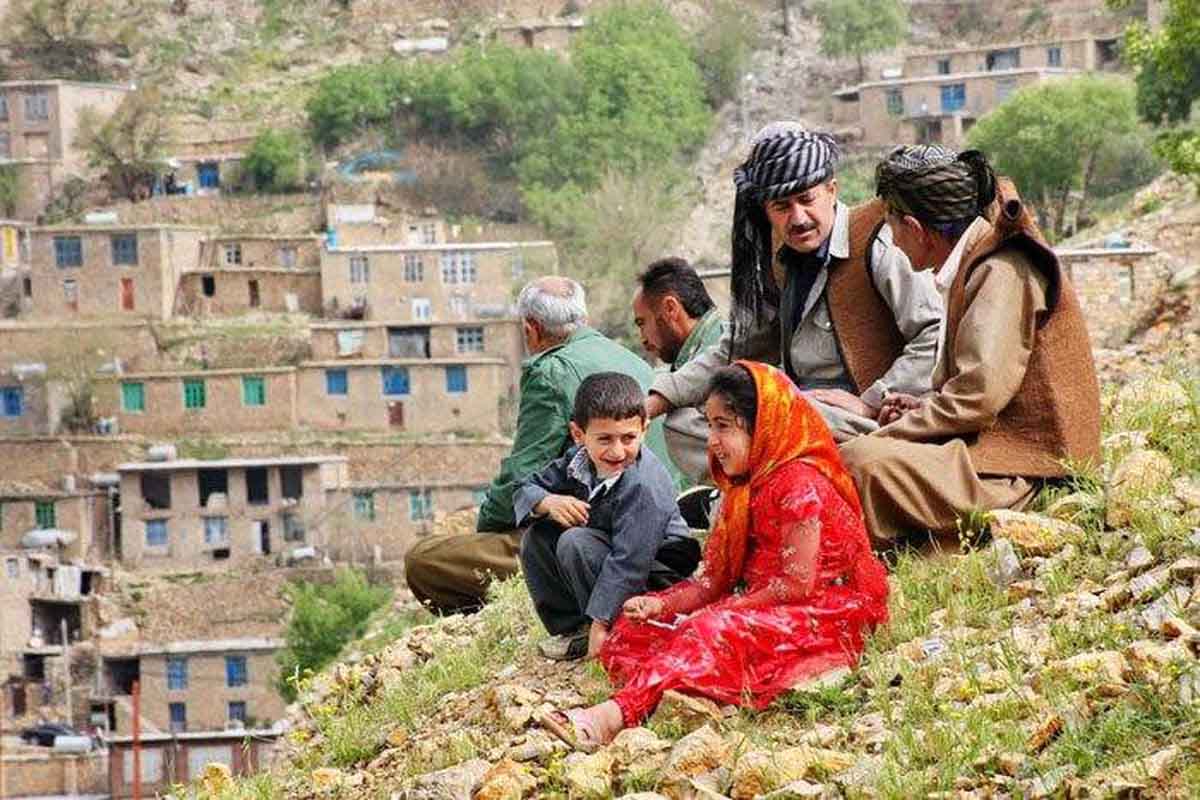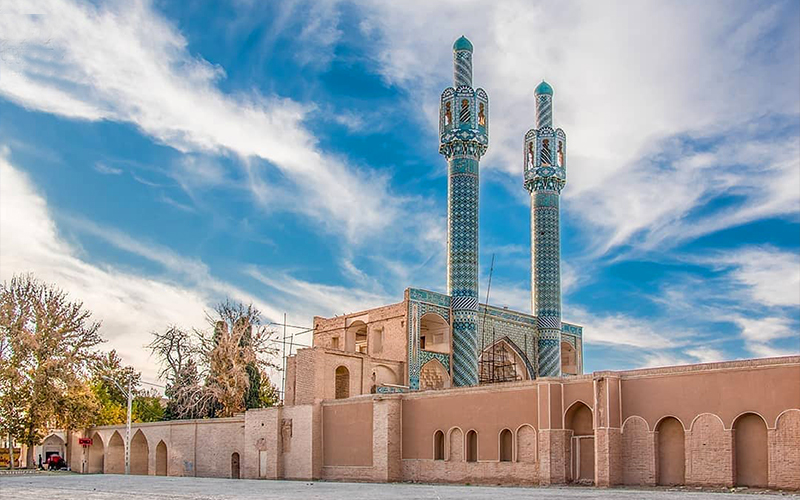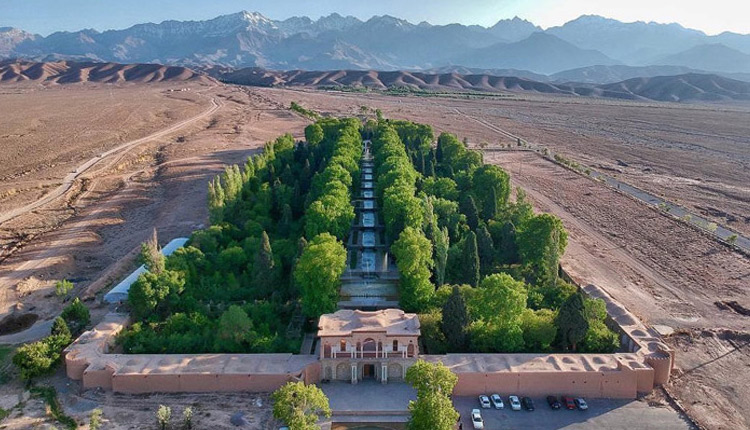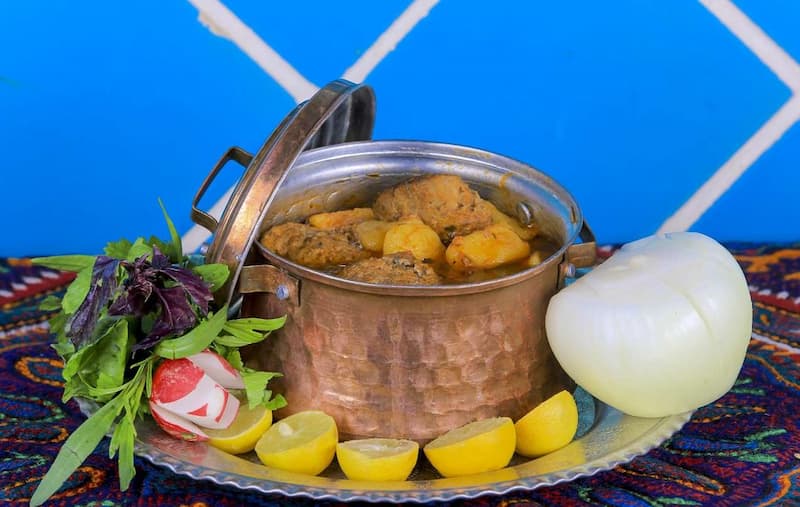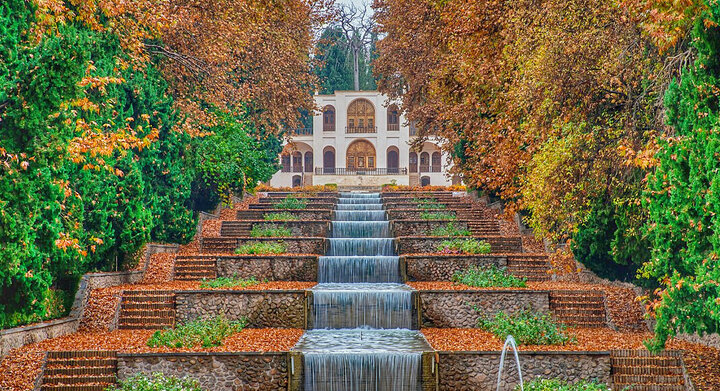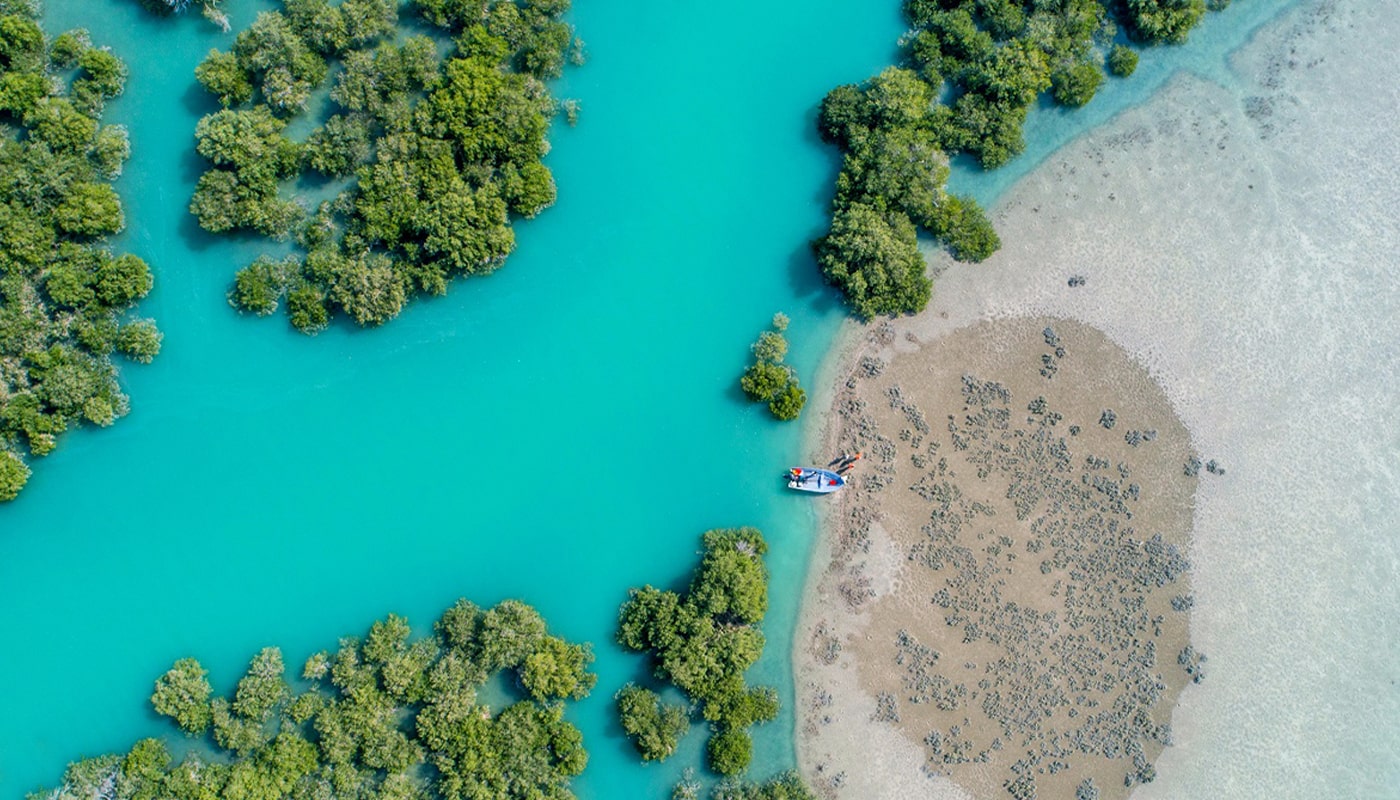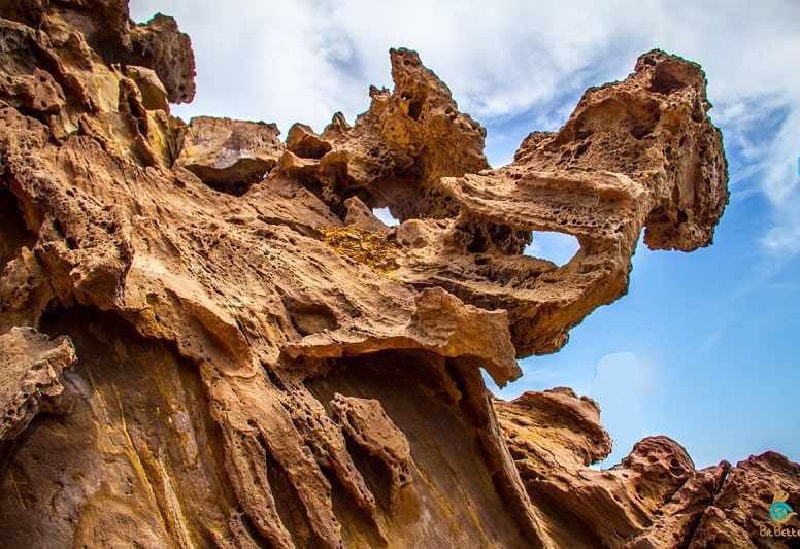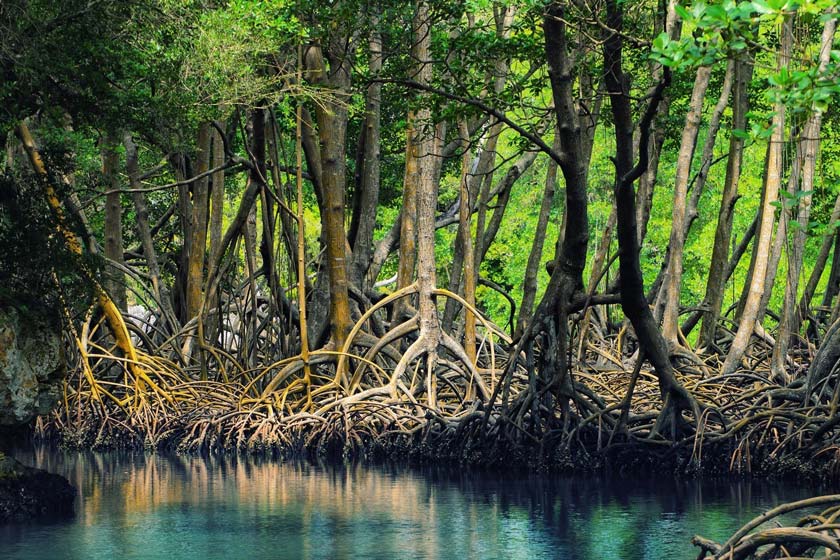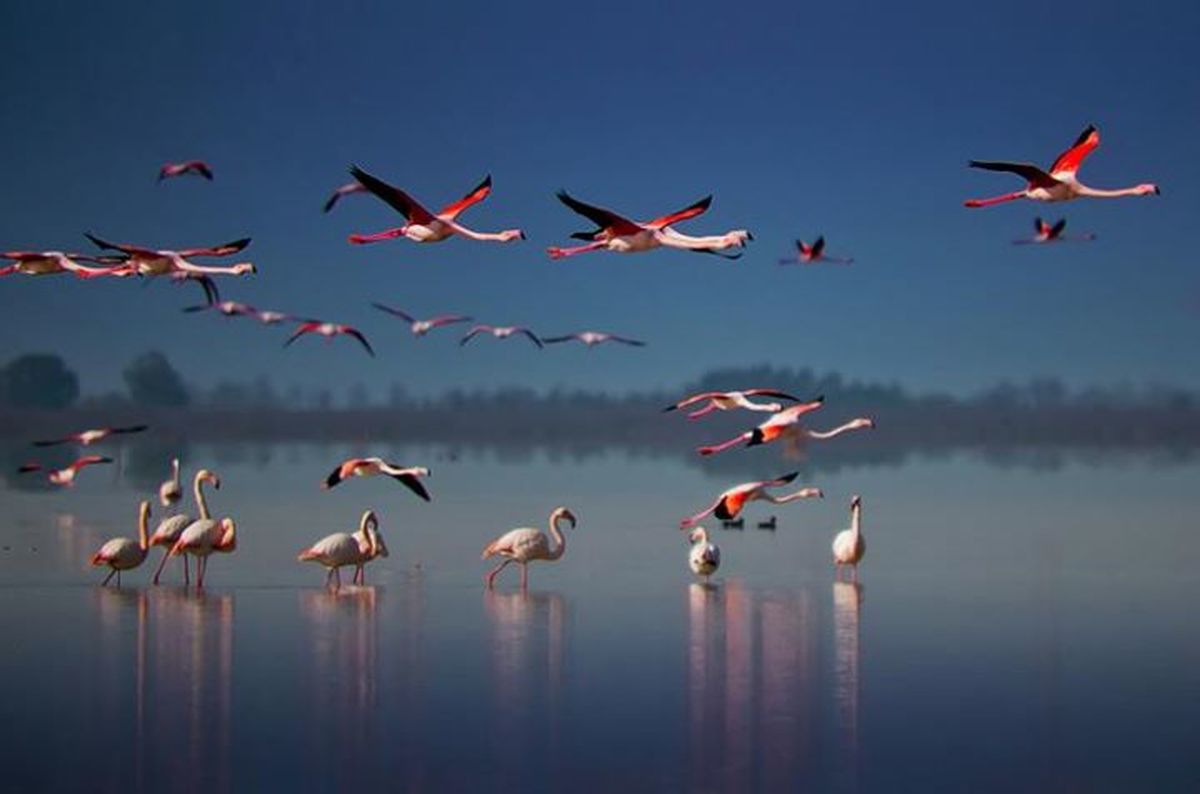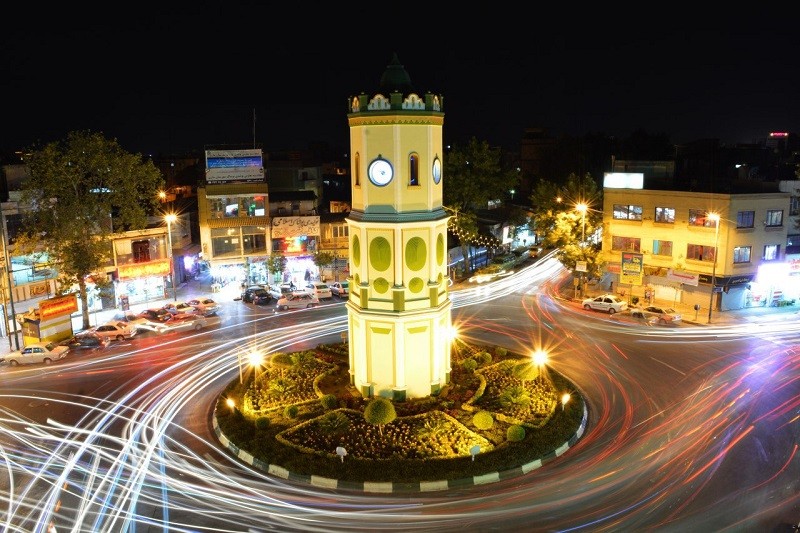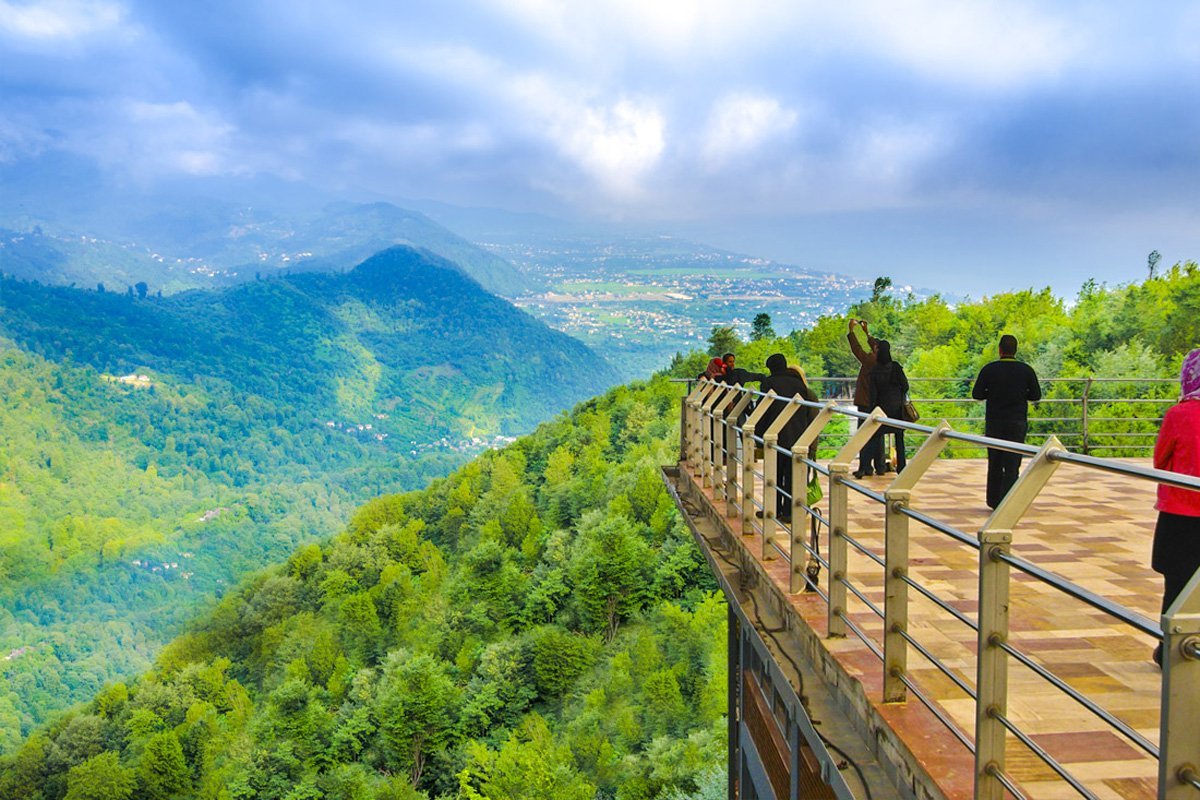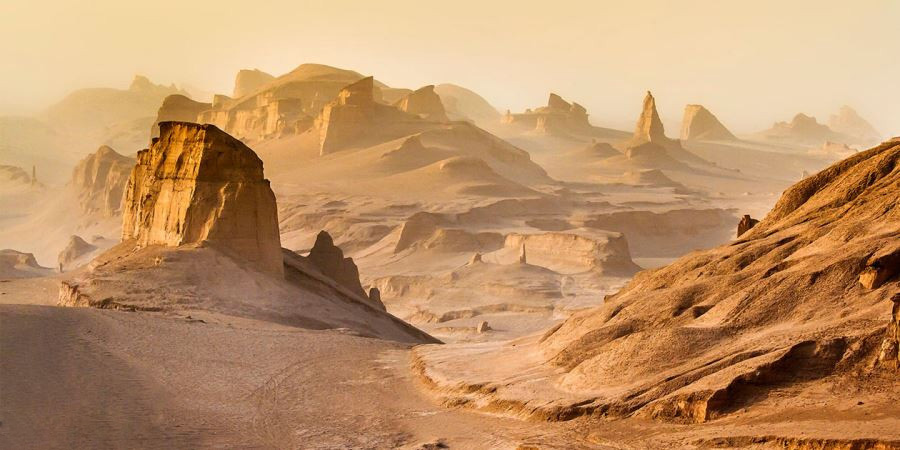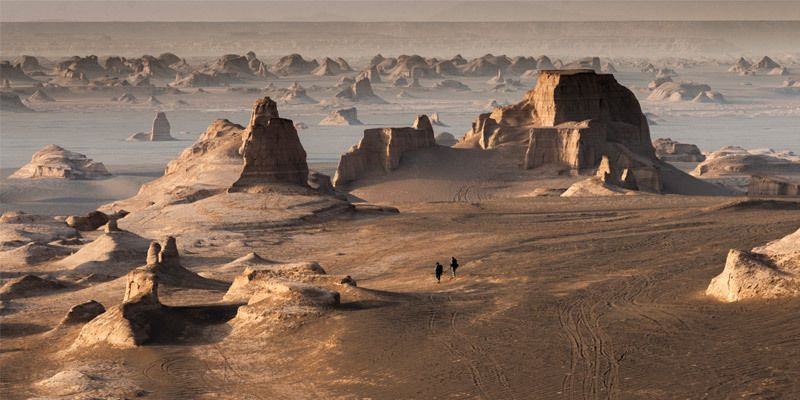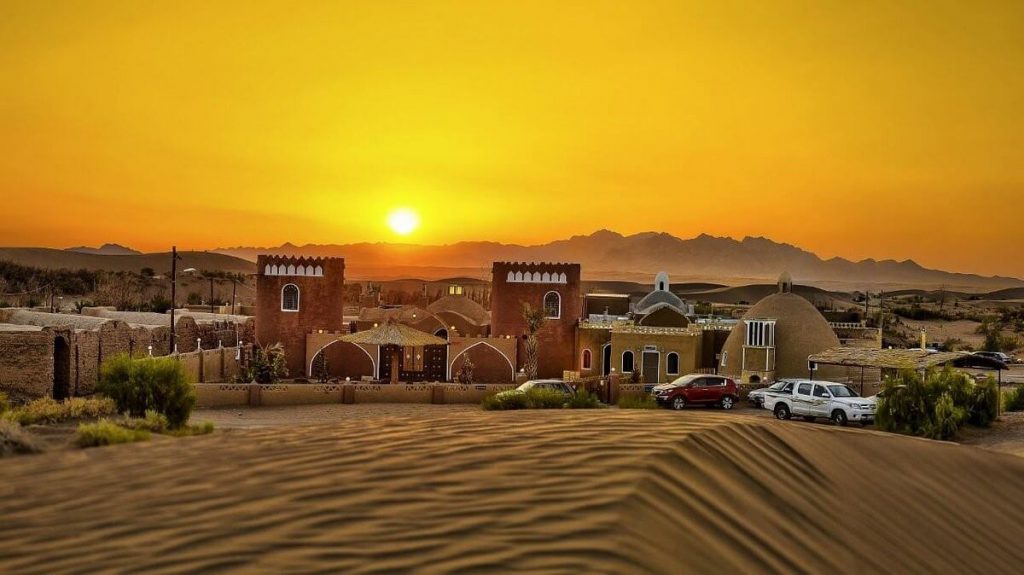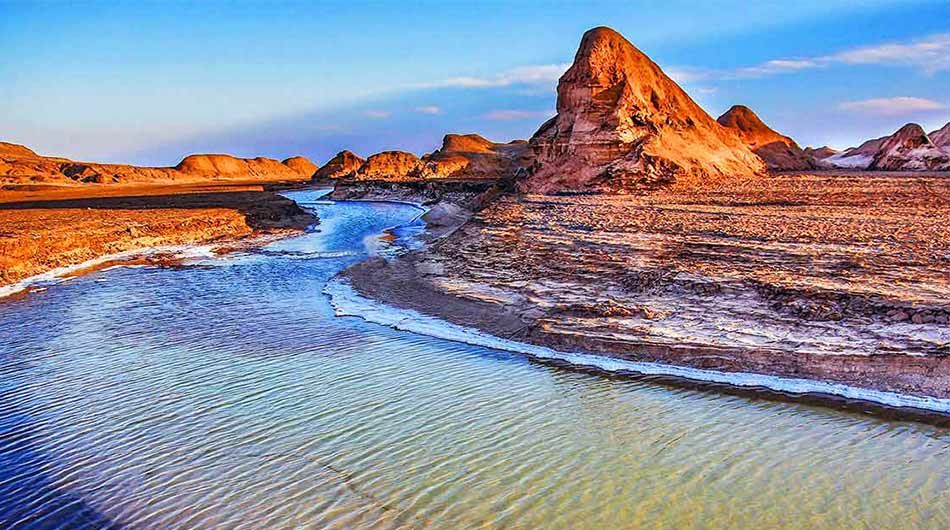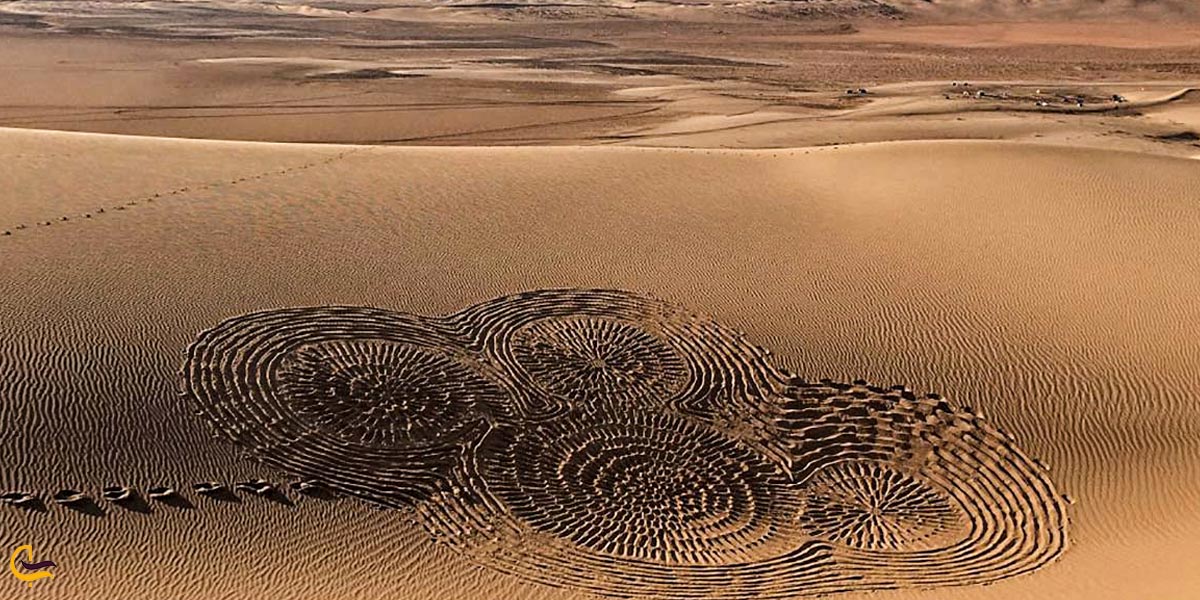Explore the wonders of Chabahar Port
Located on the shores of the Makran Sea and the Indian Ocean, Chabahar Port is the pearl of Iran’s ports, where so many tourists visit annually. Its stunning tourism sites, which are not only numerous but also impressive, are only one of the reasons why this region is being chosen as a must-visit destination.
Chabahar Port is located in the southeast of Iran and is considered one of the most important cities in Sistan and Baluchestan provinces. People from Chabahar are called Baloch, who are kind-hearted and very welcoming to their guests.
Why is the port called Chabahar?
It is said that the name Chabahar originates from “Chahar Bahar,” which means “Four Springs” in Persian, and Chahar Bahar has turned into what it is called nowadays through time. The reason why people used to call this port, which translates to “Four Springs,” goes back to the fact that Chabahar’s weather is always mild and pleasant, like in the spring.
Reasons Why No Tourist Must Miss Out on Visiting Chabahar Port
Anyone who has ever traveled to Chabahar can confirm that you will not regret visiting this city, and it will absolutely be among the most unforgettable experiences of your whole lifetime. Allow us to explain why. Coming across the remarkable coast of Chabahar on your way to the hotel and visiting amazing landscapes, vivid azure water, rich culture, lovely people, beautiful costumes of the locals, and mouth-watering cuisines of the region will take your breath away. The experience of encountering prepossessing shores will also steal your heart. There are numerous places you might want to visit when you travel to Iran, and Chabahar better be on your checklist, or you’ll frequently find yourself regretting it for the rest of your life. Keep reading to find out about the wonders of the pearl of ports in Iran.
Tourist Attractions in Chabahar Port
Lipar Wetland
On your trip, 40 kilometers from Chabahar, you’ll find a magnificent pink-colored wetland known as Lipar Wetland (some might call it “Pink Wetland”). Being known as the bride of Chabahar, this wetland has one of the saltiest waters in the world, which together with a special species of algae makes the color of the wetland pink.
The Martian Mountains (the miniature mountains)
Wanna feel like you’re stuck with Matt Damon in The Martian movie? Chabahar’s Martian Mountains, which are also called the Miniature Mountains, are the perfect option for you. The solid surface of the gray mountains, alongside the unbelievable landscape they create before your eyes, is worth taking the trip to 50 kilometers outside the city of Chabahar. In case you decide to visit these mountains, it’s better to choose an early morning or evening so that the sun won’t disturb your trip.
Beris Port
It’s a known fact that Chabahar has always been famous for its ports, and Beris Port is the one with such a splendid view. Having a distance of only 60 kilometers, Chabahar Port, Beris Port, and village are places on the way to which you can visit the above-mentioned attractions as well.
Gwadar Port
On your way to Gwadar Port, you will feel like you’re in a movie as well since the road feels strange and not like the Earth at all. This port is located 95 kilometers away from Chabahar Port, very near the border of Pakistan, which is why you must be aware and follow the rules.
Ban Masiti Caves
Only 10 kilometers away from Chabahar Port, in a village called Tis, are two natural and two artificial caves known as “Ban Masiti”. The natural cave dates back to almost 2500 years ago, which in turn is mind-blowing. There is also a temple in the caves. You can visit the caves at night too, turning your experience into a scary one.
Gel Afshan Mud Volcano
Located on the coast of the Oman Sea, 100 kilometers away from Chabahar, mud erupts out of the ground like lava from a volcano. You read it right! Mud flows out of the ground and has been shaped like hills through time. One of these rare phenomena is still active, making the trip to Chabahar Port even more exciting.
Jinn Cemetery
From science fiction to horror movies! Another wonder of Tis village is a mysterious cemetery where it is believed that goblins were buried over 2500 years ago. Still looking for reasons to travel to Iran and put Chabahar on your list? Then keep reading!
Mangrove Forest
What makes this forest amazing? Located almost 16 kilometers away from the city, this forest is not only located in completely salty water but also vanishes into the water at the tide.
Chabahar Diving Cottage
This amazing port in Iran never stops amazing you. In case you are interested in water sports, you should know that other than places such as Kish Island, where you can enjoy great water sports, Chabahar has its own water sports, which you can try in a diving cottage located right in the city.
Konarak Port
Almost 53 kilometers away from Chabahar Port, Konarak city and port are famous for a lot of reasons, the most important of which is economic. The majority of locals in Konarak are fishermen, and the occupation of fishing is typical of people since Konarak wharf is considered the largest fishing harbor in Iran. Also, this city is called Tree City due to the fact that there are countless trees all around the town.
Darak Beach
Iran’s famous beach where the sea meets the desert One of the rarest phenomena in the world is located in Darak village, which is close to Konarak Port. Imagine you are walking under the hot sun of the desert, and then there it is! You encounter the sea! How amazing can it be? The good news is that it is not so far from your main destination, and you can easily visit this stunning wonder of nature, which only exists in a few places around the globe.
Rocky Beaches
The famous port’s rocky beaches are unimaginable. Walking along the coast of rocks, with waves splashing water against the rocks and the vast, clean sea before your eyes, makes you feel a different kind of calmness.
Don’t even think that the list is even close to being finished because it goes on and on. Chabahar’s wonders never disappoint you. They are always fixed in your mind, never leaving it, forcing you to relive your experiences over and over again, wishing you could travel to Iran one more time.
Weather Conditions
Chabahar port’s weather condition is one of the best all over Iran since it’s always pleasant, moderate, never so cold, and never so hot, which can turn your trip into a great one. So go buy some sundresses and hats because you’re going to enjoy wearing them with the lovely weather conditions that this beautiful city has. It’s no wonder that in the old days, people used to call the port “Chahar Bahar” which translates to “Four Springs”. It’s actually quite understandable due to the fact that Iran is a land of four seasons, and this southern port has always had great weather just like spring throughout the year, making it more rational to call it as they did.
Although this port is the coolest city among the southern regions in the summer and the warmest in the winter, we highly recommend you check the weather before you decide to travel to Iran and visit Chabahar. However, what makes this port more desirable as a destination is the fact that the rainfall rate is extremely low in this city, which makes it a great option for outdoor activities.
The best time to travel to Chabahar Port
No factor can be more important in choosing the best time to travel somewhere than the weather. As previously mentioned, Chabahar port has pleasant weather conditions throughout the year, which means spring or winter is the best time to plan your trip. However, it’s better to travel to Iran in order to visit this adorable port from November to March. Don’t worry about the name winter,” because the average temperature during the winter in Chabahar port is reportedly 13 to 18 °C.
Also visit “The Best Time to Visit Iran”.
Cuisines
Iranian cuisine has always been so famous and exceptionally loved by foreign tourists. Chabahar and, generally, the southern cuisines of Iran are no exception. Here are some examples you can order at any restaurant in Chabahar Port:
Bat Mash: A great option for vegetarians
Tabahag: A Baloch dish for meat lovers
Local omelet: an option for breakfast
Tanoorcheh: A traditional Baloch dish that can also be found in India
Prawn Karahi: For seafood lovers
Moreover, you can order any other Iranian cuisine you might want to try in restaurants since food diversity in Iran is so much more varied than you think, and trying it will make your travels to Iran much more exciting.
Souvenirs You Can Take Home
Souvenirs you can take from your trip to Chabahar are varied, from edible to handmade. Iranians have long been masters at handicrafts, and Baloch people are no exception. Since most tourists are more interested in handmade goods than edible products, we will introduce these types of souvenirs first. If you are interested in learning more about things you can take home from Iran, visit Iranian souvenirs.
Handicrafts:
needlework
A long-known artwork that women in Chabahar are into is needlework. A delicate artwork that is done on cloth or clothes. Needlework can also be found in the northern regions of Iran, with some slight changes. Needlework from the north of Iran is mostly bright-colored and simple-sketched, whereas needlework from Chabahar is made of warm and dark colors with complex designs.
Mat Weaving
One of the oldest handicrafts in Chabahar that is always interesting for tourists is mat weaving. There are two types of mat weaving: one is done using reed stalks and the other using palm tree leaves. Baloch people make different kinds of pots, baskets, bags, and so forth using this method.
Mirror and coin embroidery
Sewing small mirrors or coins on clothes is a rare artwork you cannot find anywhere but in Chabahar Port. These objects can also be sewn on bracelets, wall hangings, etc. Sometimes, to make the objects more pretty, sequins, beads, and pearls are sewn on the clothes as well.
Carpet Weaving
One other craft that the locals of Chabahar Port have mastered is carpet weaving. The carpets being made this way mostly have geometrical designs, and the color is almost a reddish brown. These carpets are made of nomad’s livestock wool.
Decorative objects
Objects that Chabahar Port locals make out of shells, tiny snail shells, coral, pearls, and scallops can be a great option for tourists to remind them of their travels to Iran.
Edible souvenirs:
Landoo sweets
A very delicious sweet made of date, wheat, and sesame that is specific to the region of Chabahar Port.
Tropical fruits
Due to the port’s weather conditions, some trees have the ability to grow in this region. Consequently, some rare fruits can be found in Chabahar Port, such as mango, papaya, and guava.
These are only some examples of what you can find in Chabahar Port. Walking around the bazaars of Chabahar, you may find various things to take home that may be more desirable to you.
Investing in Chabahar Port
As it is now well known to you, Chabahar Port and the cities and ports near it are in a great financial situation due to the fact that they have direct access to the Indian Ocean, which makes it easy for people to engage in activities related to the importing and exporting of products. Accordingly, if you are interested in investing in Iran or you are on a business trip or maybe a MICE tour, you might want to try investing in Chabahar. This can be considered a great opportunity for the Chinese who would like to travel to Iran and establish a business in Chabahar Port.
As a Chinese tourist or investor, going through travel to Iran from China and how to trade with Iran may be interesting for you.
How to go to Chabahar Port
There are three ways in which travelers can get to Chabahar Port, namely:
By Car
In order to get to Chabahar using your own car, you must drive for a considerable amount of time since Chabahar is really far from Tehran. However, for road enthusiasts, the journey will be extremely exciting since you will go through different kinds of landscapes to get to your destination. The average amount of time you will be driving from Tehran to Chabahar will be approximately 20 hours, not counting the stops for rest.
By Train
Another option for those who enjoy traveling to a faraway destination while admiring Iran’s appealing nature is by train. But unfortunately, currently, there is no direct train going from Tehran to Chabahar. Therefore, you will be required to take the train from Tehran to Bandar Abbas and then get to your final destination by bus. You can book your bus ticket beforehand so as to avoid having any trouble finding one.
By plane
Chabahar airport is only 45 minutes away from Chabahar Port, which makes traveling by plane even more comfortable since you won’t have to go a long way from the airport to reach your destination. Moreover, the airport is located in Konarak city, which means you can arrange your trip in a way to explore Konarak city as well. There are flights available to Chabahar from Tehran, Mashhad, Shiraz, Bandar Abbas, Kerman, Kish Island, Zahedan, and Dubai.
